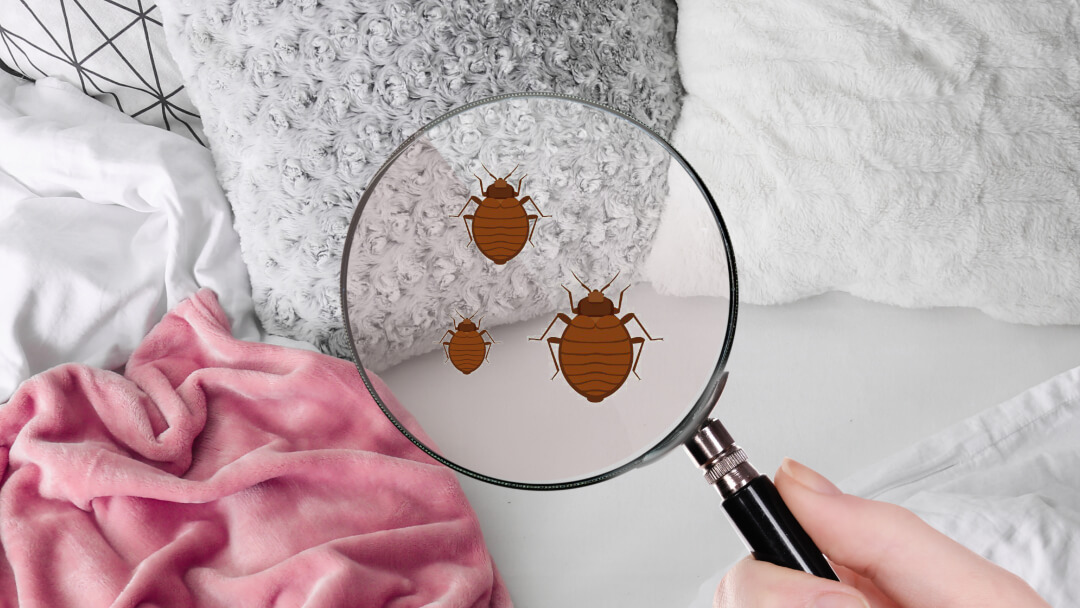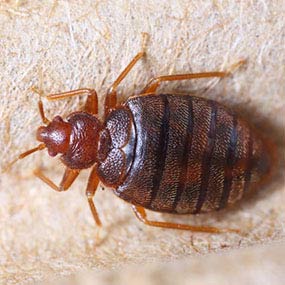Obtain Informed Concerning the Kinds of Pest Control Methods and Their Benefits for Property Owners
Comprehending the numerous bug control methods available to home owners is important for reliable pest administration. Homeowners that are educated can make tactical options that not only address pest issues however additionally boost the overall quality of their living atmosphere.
Chemical Bug Control Techniques
Chemical bug control techniques are a crucial element of incorporated parasite administration techniques for house owners looking for effective options to pest invasions. These methods involve the application of chemical compounds developed to get rid of or discourage pests that threaten personal effects, wellness, and comfort. Typical chemicals made use of include insecticides, rodenticides, herbicides, and fungicides, each customized to target specific pests.
The key advantage of chemical pest control is its quick efficiency; numerous formulas give prompt results, lowering pest populations significantly in a brief time. In addition, breakthroughs in chemical formulations have actually brought about items that are more eco pleasant and have lower poisoning degrees for non-target organisms when applied properly.

Biological Bug Control Techniques
Natural insect control techniques have gotten prominence as homeowners look for more secure and a lot more lasting options to traditional chemical approaches. Biological insect control methods utilize all-natural predators, bloodsuckers, or pathogens to handle parasite populaces efficiently. This method is not only eco pleasant yet also minimizes the danger of damage to non-target types, consisting of valuable bugs and wild animals.
One of the most usual biological control techniques involves introducing all-natural killers right into the atmosphere. As an example, ladybugs can be used to regulate aphid populaces, while nematodes target soil-dwelling pests like grubs. In addition, parasitoids-- microorganisms that survive or within a host-- can be employed to regulate certain parasite varieties by laying eggs inside them, ultimately causing their death.
One more technique is using biopesticides, which are derived from natural products such as plants, microorganisms, or minerals (bed bug exterminator). These products can successfully target insects while posing marginal risk to family pets and people. In general, biological pest control techniques supply home owners with an efficient means of insect management that aligns with environmental principles, promoting a much healthier living atmosphere while decreasing dependence on synthetic chemicals
Mechanical Pest Control Strategies
Mechanical bug control strategies incorporate a selection of approaches that literally stop or eliminate insects without the usage of chemicals. These techniques are particularly useful for house owners looking for eco-friendly choices while ensuring the safety and security of their living rooms.
One usual approach is making use of barriers, such as internet, traps, and displays, which stop pests from entering homes or particular locations. For circumstances, installing official source home window displays can successfully keep bugs out, while using physical barriers around yards can prevent larger pests like deer or bunnies. Furthermore, mechanical catches designed for rodents can catch and get rid of these bugs without the requirement for harmful materials.
An additional efficient method entails using brooms and vacuums to eliminate pests directly from surface areas. Regular cleansing and upkeep can substantially lower bug populations by getting rid of food sources and concealing areas. Moreover, using devices like ultrasonic parasite repellents can hinder different bugs with noise waves that are unpleasant to them but inaudible to humans.
Social Insect Control Practices
Social bug control techniques concentrate on modifying the atmosphere and management methods to produce problems that are much less for pest infestations. These techniques are basic in keeping a well balanced ecosystem and minimizing the dependence on chemical treatments. By changing farming methods, house owners can effectively discourage insects while promoting plant health.
One common technique consists of plant turning, which interferes with the life process of insects by changing the kinds of plants grown in a particular area (bed bug exterminator). This not only minimizes pest populaces but how to get rid of ants additionally improves dirt health. In addition, intercropping-- planting varied plants in distance-- can perplex insects and minimize their ability to situate their favored host plants
Water monitoring is another crucial facet of social methods. Proper watering techniques can prevent standing water, which works as a breeding place for insects and other bugs. Keeping tidiness in and around the home, such as routinely removing debris and food waste, can dramatically lower bug tourist attraction.
Integrating these cultural methods into a thorough insect monitoring approach allows homeowners to develop an atmosphere that naturally hinders bugs, consequently boosting the efficiency of various other control methods while advertising lasting horticulture and landscape design.

Integrated Insect Management Approaches
Integrated Bug his comment is here Management (IPM) represents an all natural technique that integrates numerous methods to efficiently take care of insect populations while lessening ecological influence. This methodology integrates biological, cultural, physical, and chemical methods to accomplish lasting bug control. By analyzing pest populaces and their all-natural adversaries, IPM emphasizes monitoring and identifying insects before executing control procedures.
Among the core principles of IPM is the usage of limits, which develop the level of insect activity that calls for treatment. This makes sure that therapies are applied only when required, minimizing the reliance on chemical pesticides. Biological control methods, such as introducing natural killers or bloodsuckers, job in combination with social techniques like plant rotation and habitat manipulation to disrupt pest life process.
Additionally, IPM motivates the use of least-toxic chemical choices when intervention is necessary, prioritizing products that posture marginal danger to non-target organisms and the environment. For property owners, embracing IPM approaches not just boosts the efficiency of bug monitoring yet also advertises a healthier living environment, cultivating biodiversity and minimizing chemical exposure. Ultimately, IPM encourages house owners to make informed choices that balance pest control with eco-friendly obligation.
Conclusion
To conclude, understanding the different parasite control methods equips homeowners to make educated choices concerning pest administration. Each approach-- chemical, biological, mechanical, social, and incorporated insect administration-- supplies distinct advantages that deal with different requirements and choices. By picking appropriate techniques, home owners can effectively handle parasite populations while reducing health and wellness threats and environmental effects. This enlightened approach adds to a healthier living atmosphere, advertising overall wellness for animals and households alike.
Comprehending the different insect control methods available to homeowners is vital for efficient pest management.Chemical parasite control approaches are an essential part of incorporated insect management strategies for home owners looking for efficient services to pest infestations. On the whole, organic insect control techniques give house owners with an effective means of parasite administration that aligns with eco-friendly principles, promoting a much healthier living atmosphere while decreasing dependence on artificial chemicals.
Cultural parasite control methods focus on changing the environment and monitoring methods to create problems that are less helpful to pest invasions.In conclusion, recognizing the various parasite control techniques encourages house owners to make informed choices concerning pest monitoring.